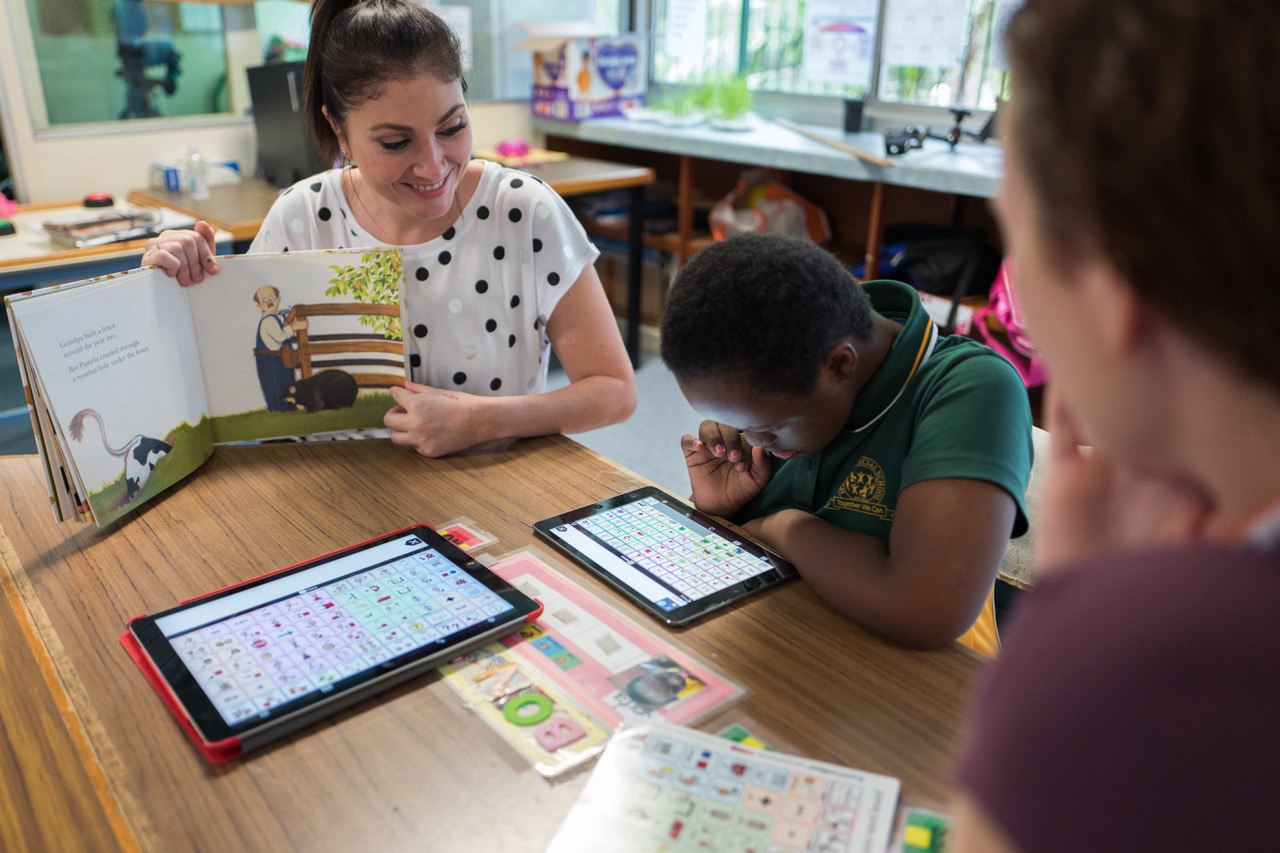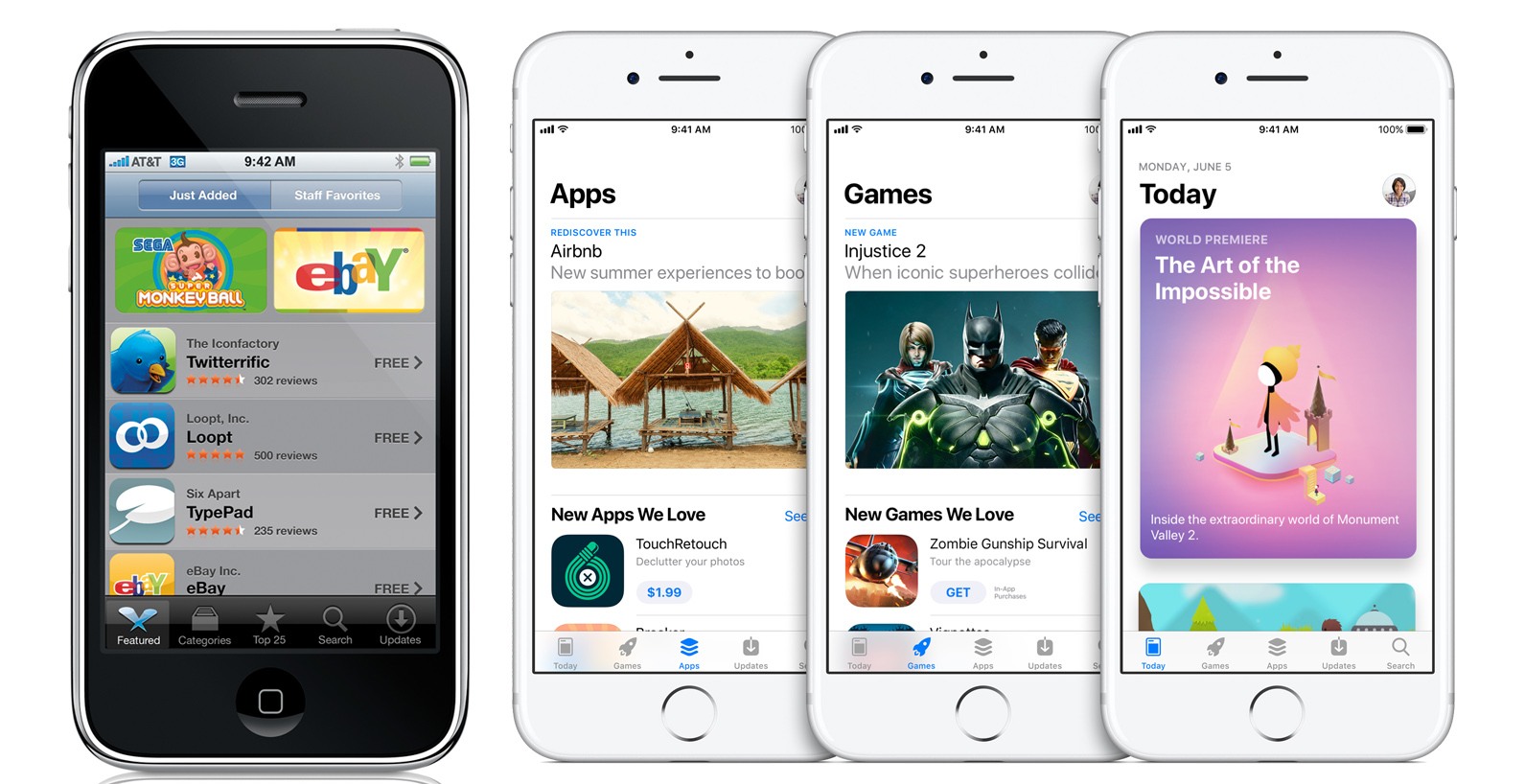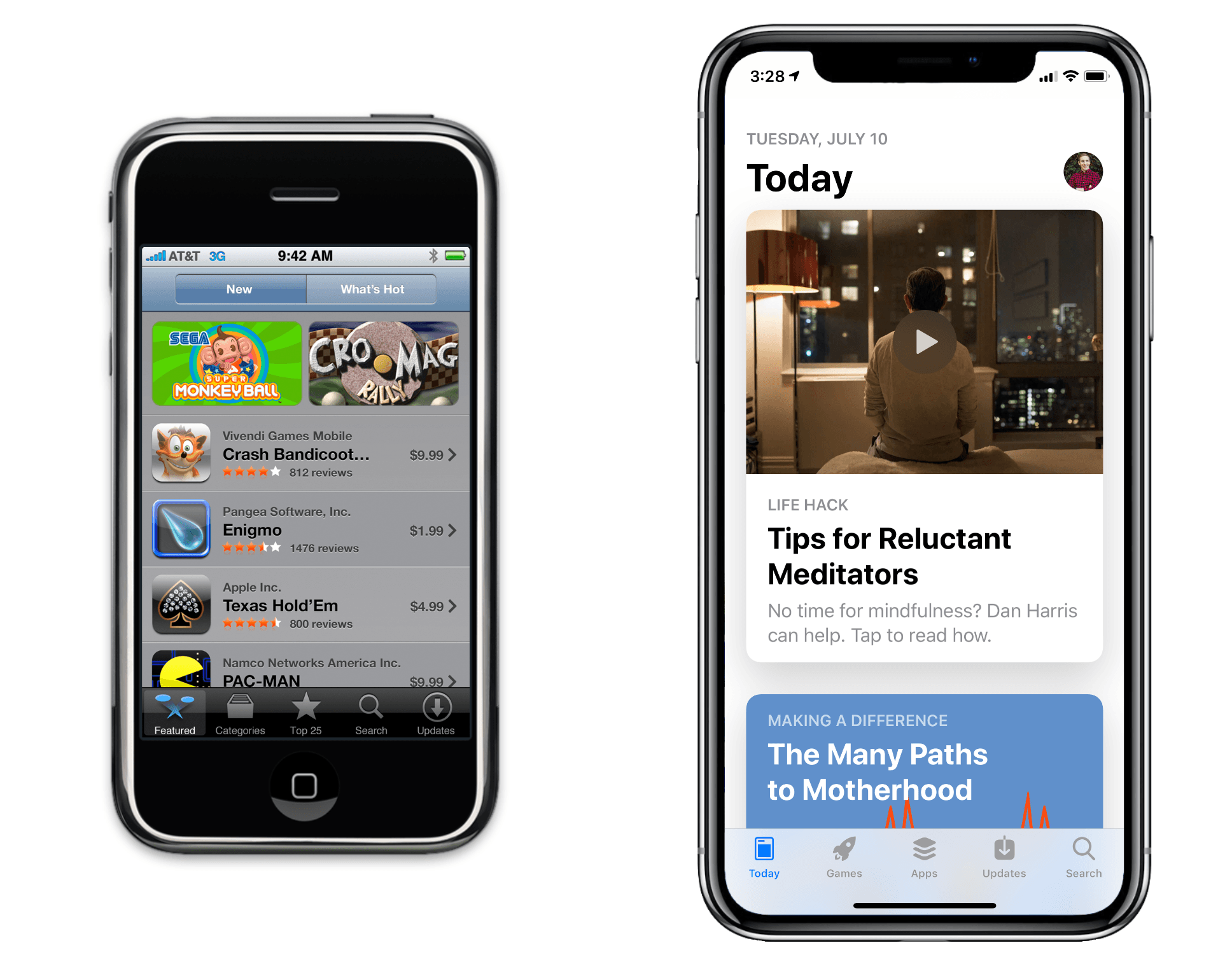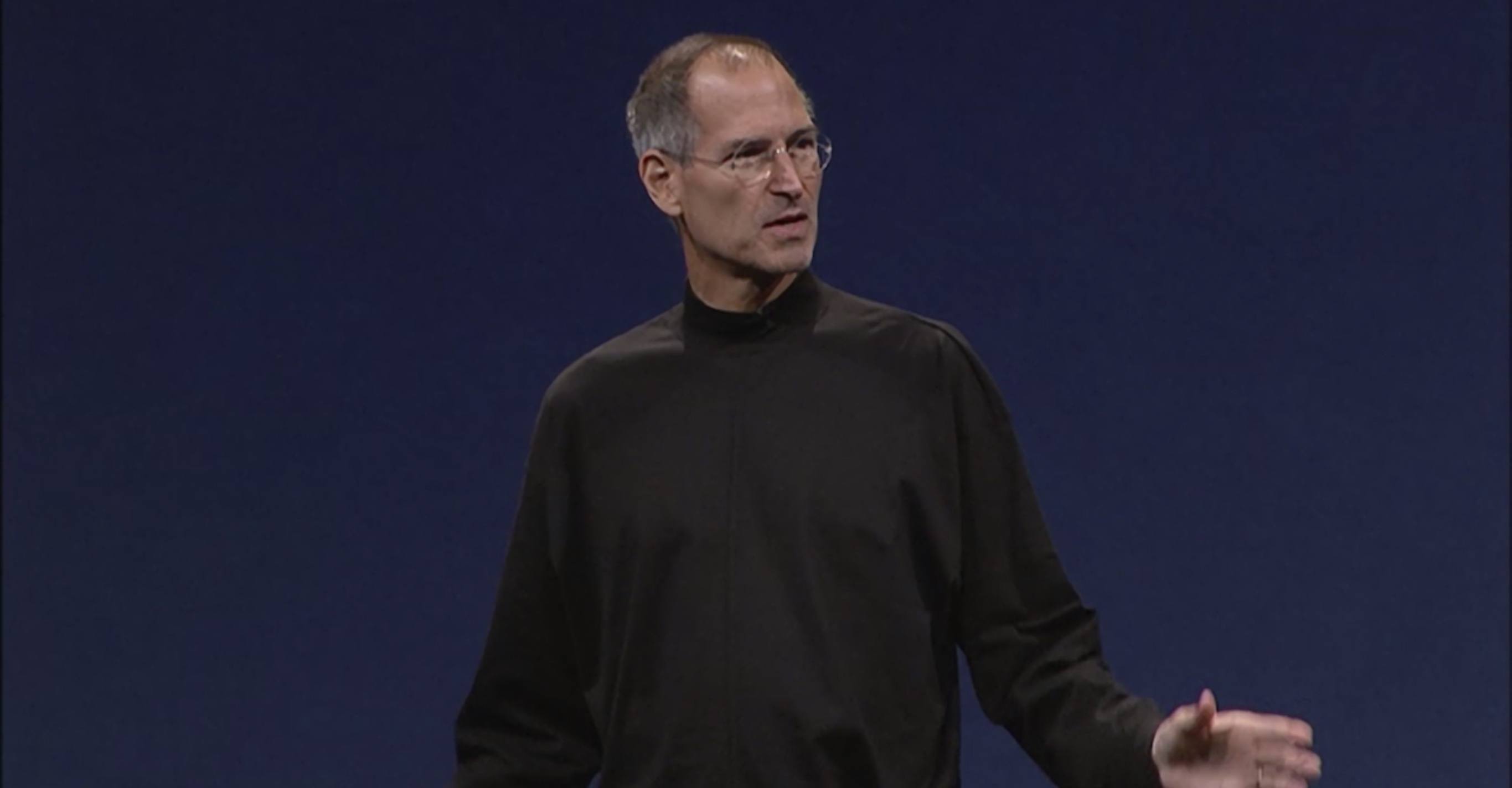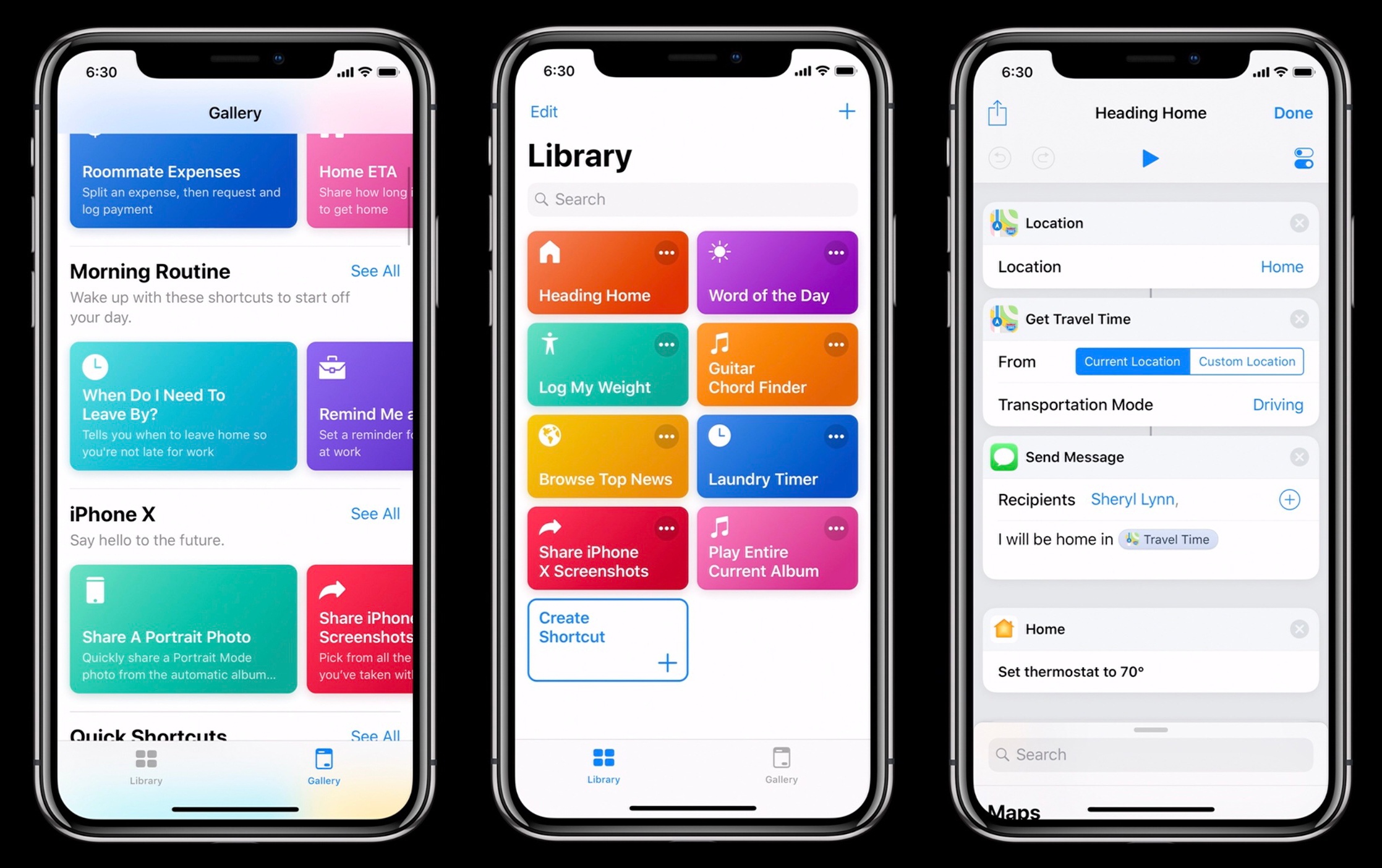Everyone acknowledges the societal and technological effects the iPhone has had on the world. In late 2007, Time named the original model its “invention of the year,” and rightfully proclaimed it “the phone that changed phones forever.” Eleven years on, it is genuinely difficult to remember the world before the iPhone existed. Whatever your platform allegiance, there can be no disputing that the first iPhone pioneered the notion that everyone should carry a touchscreen supercomputer with them wherever they go. In hindsight, Steve Jobs wasn’t exaggerating when he boasted Apple would reinvent the phone.
Yet for everything the iPhone has meant to smartphones and to the world, there is a segment of users for which the iPhone has been truly revolutionary: disabled people. For many people with disabilities, myself included, the iPhone was the first accessible smartphone. The device’s multitouch user interface and large (for the time) display represented a total break from the smartphone conventions of the day. An unheralded ramification of this was how accessible these features made the iPhone. For example, the soft keyboard allowed users to compose text messages and emails without struggling with the T9 keyboards that were commonplace at the time. Likewise, the iPhone’s 3.5-inch display was considered large for the day, which made seeing content markedly easier than on the postage stamp-sized displays that dominated cell phones then. It’s a testament to the original iPhone’s greatness that its fundamental components were so solid that they redefined accessible computing, all without being “accessible” in the traditional sense. Its impact is put into greater perspective when you consider the first two versions of iOS (née iPhone OS) didn’t contain discrete accessibility features. The first bunch, VoiceOver, Zoom, and Mono Audio debuted in 2009 with the 3GS.


